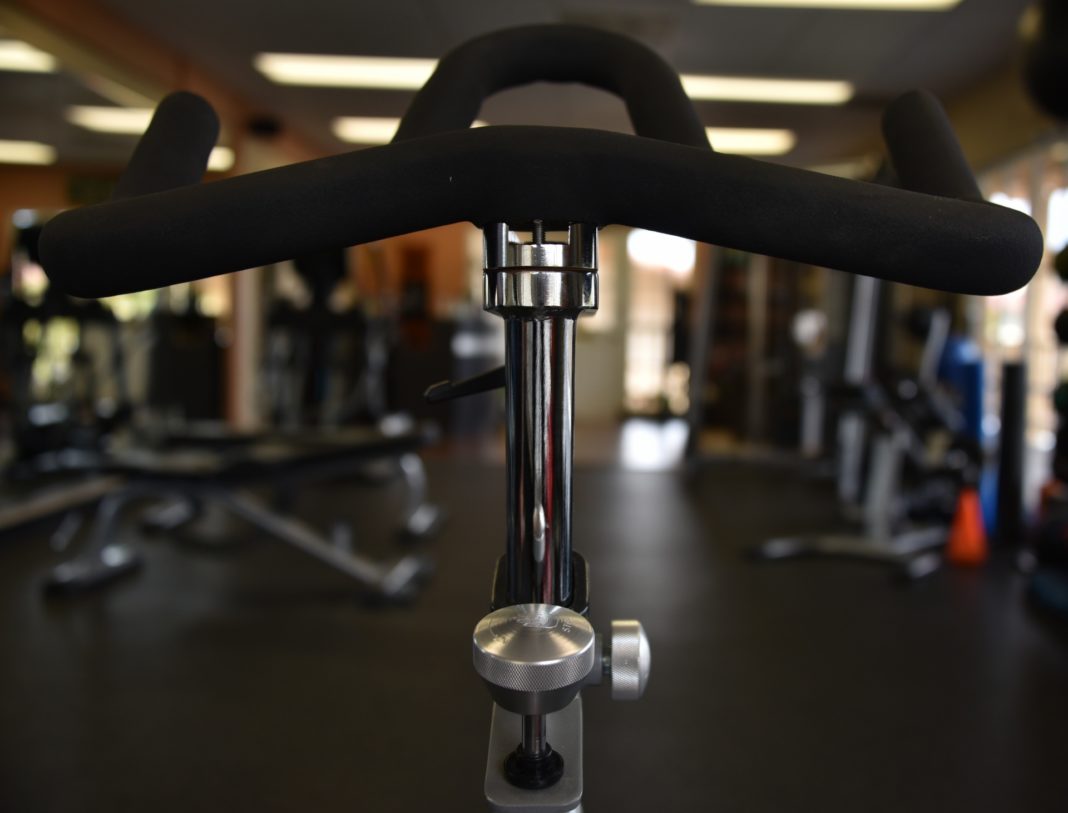Millions of people boost their exercise results everyday by working out alongside a training partner. It’s well documented that training in pairs is much more effective than training alone. This however is of course dependent upon having an appropriately matched partner. In a small geographic region pairing up with the ideal partner is a challenge but a new study has found a viable solution.
According to recent research by Michigan State University training with a virtual partner significantly improves performance during exercise. This study was the first of its kind to examine the Kohler effect in exercise based virtual reality. The Kohler effect is the phenomenon that explains why a less capable individual works harder and produces better results as part of a superior team or group. According to lead researcher Deborah Feltz “Our results suggest working out with virtually present, superior partners can improve motivation on exercise game tasks.”
This study specifically set out to test if virtual partners could help participants to train longer, harder or more often. To create the virtual connection between partners they used the Eye Toy camera along with a PlayStation 2. About 200 participants were asked to hold five different exercises for as long as they could while training alone. They were then paired with a virtual partner of the same gender whose performance was designed to always outlast the participant’s. Once the participant was given adequate rest they then performed a plank, the exercise known as the gold standard of core strength.
Results showed that across the board every participant had significantly greater task persistence. In all cases participants who trained with a slightly superior virtual partner were able to perform the plank 24% longer than the control. These results clearly show how training with a virtual partner leads to substantially better performance. Feltz’s also believes these strong results warrant additional research to track the benefits of a virtual partner: “These findings provide a starting point to test additional features that have the potential to improve motivational gains in health video games.”
While the improved performance with a partner may seem intuitive it’s actually one of the most important advantages. In fact, Feltz said, “One of the key hurdles people cite in not working out is a lack of motivation.”
A virtual training partner creates accountability to show up and consistently train. This is one of biggest reasons why people sign up for gym memberships and personal training.
Virtual reality training addresses some of the biggest issues with joining a gym. Many people reluctantly join a gym as they feel they’ll be judged for not being fit or looking like they don’t belong. Luckily a virtual partner can be accessed from anywhere; allowing individuals to train where and when they feel most comfortable. As Feltz said, “Research has shown working out with a partner increases motivation, and with a virtual partner, you are removing the social anxiety that some people feel working out in public.”
Even more challenging than finding a comfortable place to workout, is finding a partner to feel comfortable training with. Finding the right workout partner can be quite complex. Ability level plays a huge factor as challenge is important but having too much of an ability gap can be disheartening. According to Feltz: “Individuals can become discouraged if they believe they can never keep up with their partner, or on the other hand, become bored if their partner is always slower. With a virtual partner, this can be addressed.”
Although most people only consider ability level, personality and ultimately training style also have huge influences. It’s important to find a partner that enjoys the same type of exercise geared to similar goals. The likelihood of finding this person in a reasonable geographic region can be quite low. Feltz said, “A virtual partner overcomes some of the practical obstacles of finding an optimally-matched partner to exercise with at a particular location.” With the millions of exercise enthusiasts across the world the odds of finding a perfectly matched virtual workout partner are reassuring.
The research and development of virtual reality fitness is only poised to grow. This study was funded by a $150,000 grant from Health Games Research. This portfolio program is invested in 21 other research studies all aimed at evaluating the effectiveness and possibilities with virtual reality training in fitness settings.
This study confirms that virtual reality technology is clearly a successful method to increase exercise performance. The practicality of virtual reality is especially helpful with the ability to connect with an optimal exercise partner in a location where participants can feel comfortable. The efficacy and research of this technology is set to expand with additional promising results ahead.
-Raphael Konforti, MS, CPT
Do you have know a study that shows how VR can positively impact on your fitness? Post your feedback in the comments sections and one of our editors will get back to you ASAP!












[…] Site: https://www.vrfitnessinsider.com/training-vr-buddy-gets-greater-results/ […]
Thanks for your visit and share!